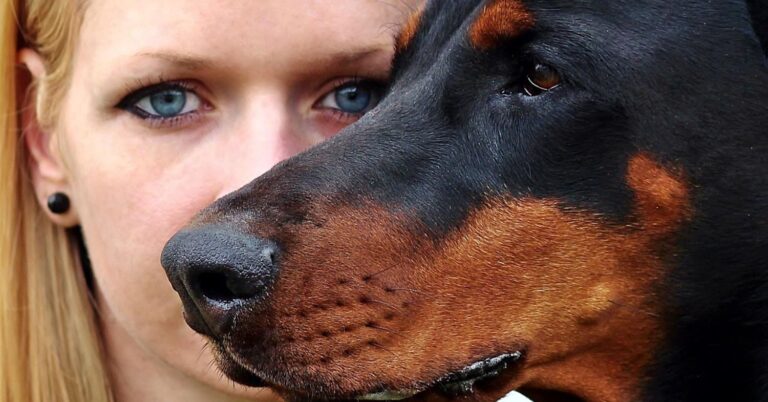30 Fun Facts About Dogs You’ll Want to Tell Everyone
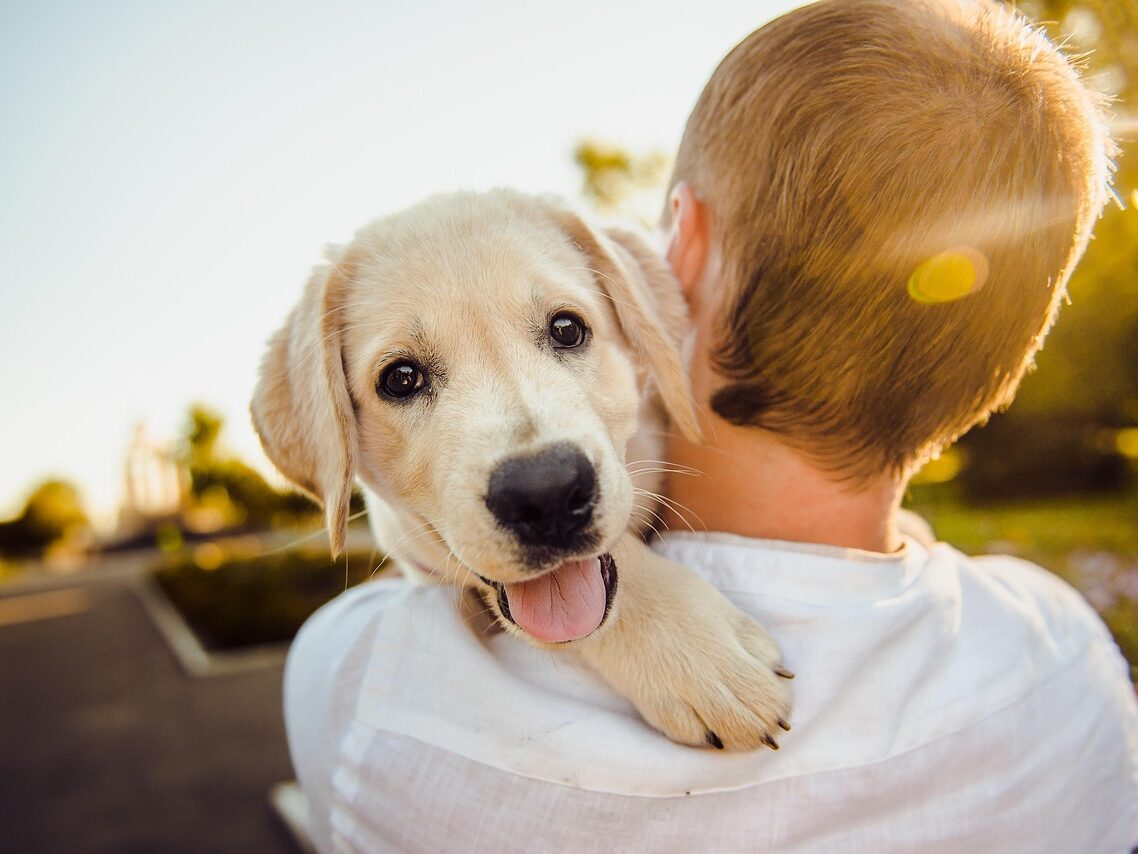
Dogs are full of strange, hilarious, and amazing surprises. Whether they’re showing off their super senses or doing something that makes you question reality, dogs have a way of keeping life interesting. These fun facts are so surprising, you’ll probably end up repeating them to everyone you know.
Dogs Have a Sense of Time, and Miss You When You’re Gone

Dogs may not read clocks, but they do have an internal sense of time. They can tell the difference between one hour and five, and many owners report that their dogs anticipate schedules like mealtimes or walk hours. They even start to recognize when you’re due home. This is part of why they get so excited when you walk through the door—they’ve actually been waiting.
Your Dog’s Nose Print Is as Unique as a Fingerprint

Just like humans have unique fingerprints, each dog has a completely one-of-a-kind nose print. The patterns of ridges and creases on a dog’s nose are so distinct that some organizations have proposed using nose prints for ID purposes, much like microchips or name tags. While it’s not a common practice yet, in theory, your dog’s nose could be used to verify their identity if needed.
Dogs Can Learn Over 200 Words

While not every dog reaches this level, some canines, especially breeds like border collies, poodles, and German shepherds, can understand more than 200 words and phrases. One famous border collie named Chaser learned over 1,000 object names and could retrieve specific toys by name. Even without special training, many dogs recognize dozens of words, including common commands, their name, and emotionally charged words like “walk,” “treat,” or “bath.”
Puppies Are Born Deaf, Blind, and Toothless

Newborn puppies enter the world completely dependent on their mother. For the first two weeks of life, they can’t see or hear and don’t have any teeth. Their eyes and ears are sealed shut at birth and begin to open around day 10 to 14. During this early stage, their only senses are touch and smell. It’s incredible how fast they grow from helpless little creatures into energetic, playful puppies.
Dogs Can Smell in 3D

Thanks to a split in the airflow when they sniff, dogs can detect scent direction. This gives them a kind of 3D smell map of the world around them. Their brains are also wired to process scent information with much greater intensity, allowing them to track individual odors even in complex environments. It’s like watching a crime scene unfold in their mind just from a single whiff.
Some Dogs Can Detect Medical Conditions

Trained medical alert dogs have been known to detect seizures, drops in blood sugar, migraines, and even certain types of cancer, all through scent alone. Their noses are sensitive enough to pick up tiny chemical changes in your body, sometimes before symptoms appear. What’s even more impressive is that many dogs start alerting their owners without being formally trained, simply because they notice something’s “off.”
Dogs Have Whiskers for More Than Just Looks

Whiskers aren’t just there to make dogs look cute. They also serve a functional purpose. These stiff hairs, called vibrissae, are highly sensitive to changes in air currents, helping dogs detect objects around them. This comes in especially handy in the dark or tight spaces where vision is limited. Whiskers help them sense nearby surfaces, approaching people, or even the subtle motion of prey.
Dogs Can Be Left or Right-Pawed

Just like humans are right-handed or left-handed, dogs can show a preference for one paw over the other. You can test this by watching which paw your dog uses first when shaking, reaching for a toy, or stepping over an object. Studies have found that paw preference may even be linked to behavioral traits. For example, left-pawed dogs might be more reactive, while right-pawed dogs may show more confidence in unfamiliar situations.
Dogs Can Hear Sounds You’ll Never Detect
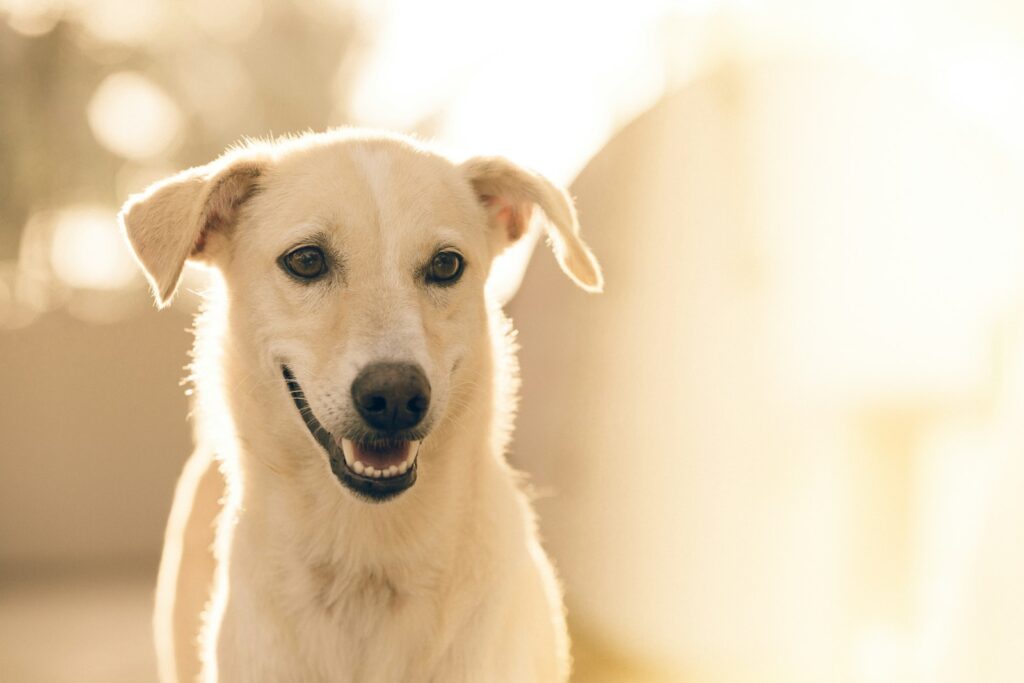
Dogs hear sounds at frequencies far above what humans can perceive. While our hearing tops out around 20,000 Hz, dogs can detect frequencies up to 65,000 Hz. This means they can hear the high-pitched squeak of a toy, a mouse under the floorboards, or even your car approaching before you turn onto the driveway. Their ears are designed to swivel toward the direction of a sound, ahelping them to pinpoint exactly where it’s coming from.
Dogs Can Sense the Earth’s Magnetic Field
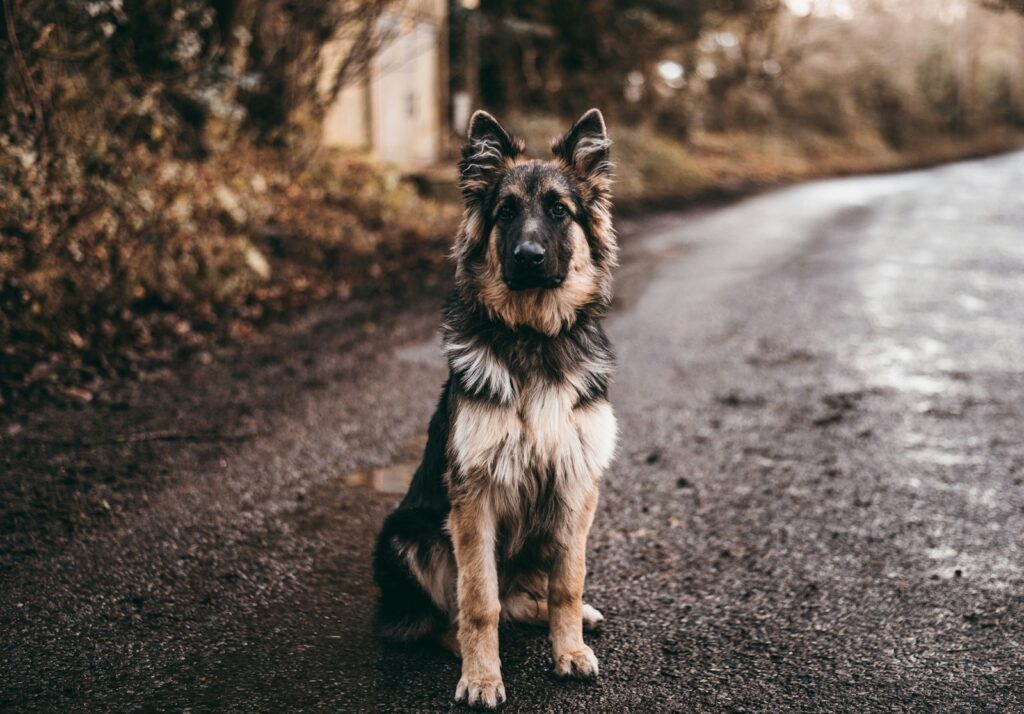
It might sound like science fiction, but researchers have observed that dogs tend to align their bodies along the Earth’s north-south magnetic axis when relieving themselves. This behavior was seen repeatedly across multiple breeds and environments, suggesting they have an internal compass of sorts. No one fully understands why they do this, but it adds to the list of strange and wonderful abilities that dogs possess.
Dogs Can Detect Changes in Weather
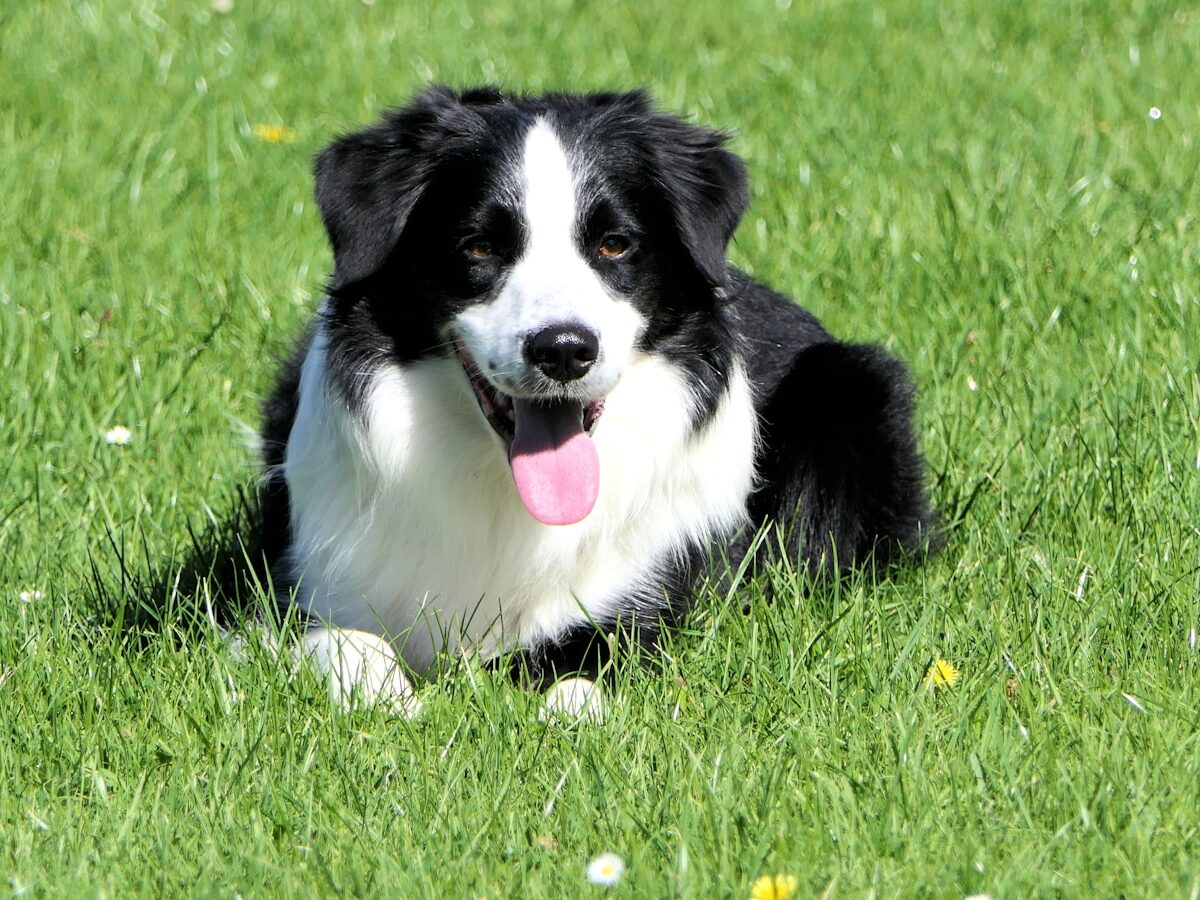
You might notice your dog acting anxious before a thunderstorm hits, and there’s a reason for that. Dogs can sense barometric pressure drops, hear distant rumbles long before we do, and even feel static electricity in the air. Many dogs become restless, hide, or whine hours before the first raindrop. Their heightened senses allow them to detect natural changes that we don’t even register. Some dogs even pick up on earthquakes or approaching snowstorms.
Dogs Can Learn by Watching Humans
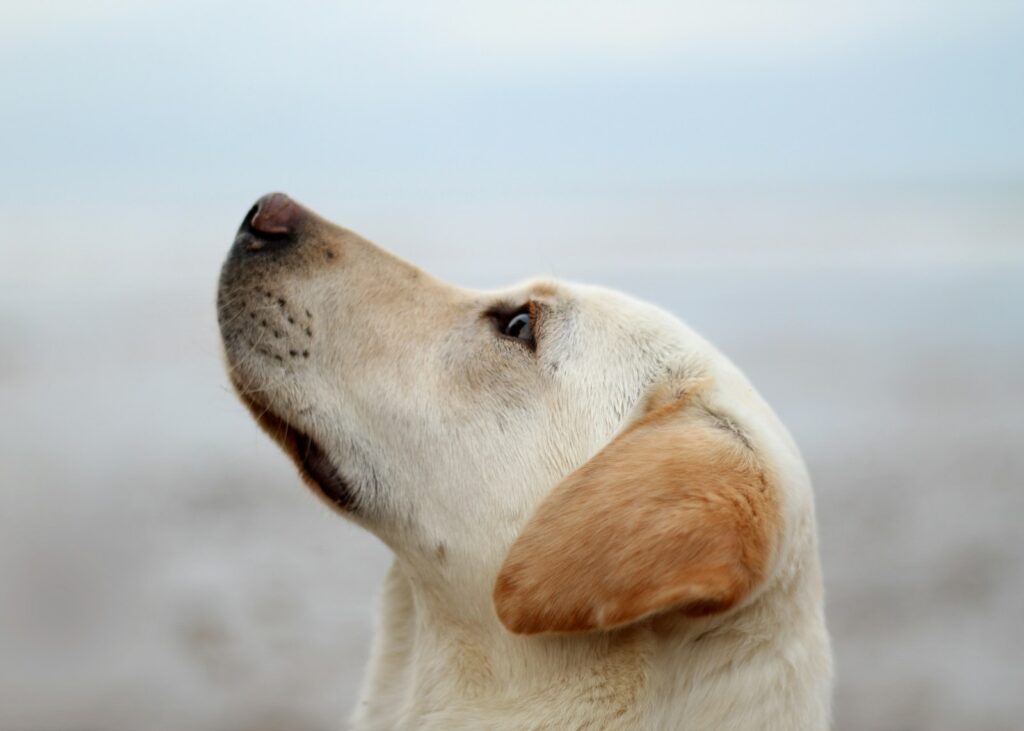
In experiments, dogs have been shown to watch humans solve problems and then mimic the actions to get the same result. Be it opening a door, finding a hidden treat, or copying hand signals, dogs are natural imitators. They even learn faster when humans demonstrate tasks versus just giving verbal commands.
Dogs Can Be Jealous

If you’ve ever petted another dog in front of your own and seen a sudden pout or paw swipe, that wasn’t your imagination. Studies show dogs exhibit behavior that strongly resembles human jealousy. They’ll push between you and another dog, seek attention, or try to disrupt whatever’s pulling your focus. While we don’t know if dogs experience jealousy exactly the way humans do, they definitely react when their social bond feels threatened.
Dogs Can Recognize Themselves by Scent

Unlike humans, who rely on mirrors to identify themselves, dogs primarily use scent. While they may not pass the classic mirror test, they do show signs of self-recognition when presented with their own odor. In one study, dogs were more interested in sniffing a modified version of their own scent than an unfamiliar one, suggesting they knew which smell was “theirs.” This sense of identity might be different from ours, but it’s no less real.
Dogs Can Get the Zoomies After a Bath
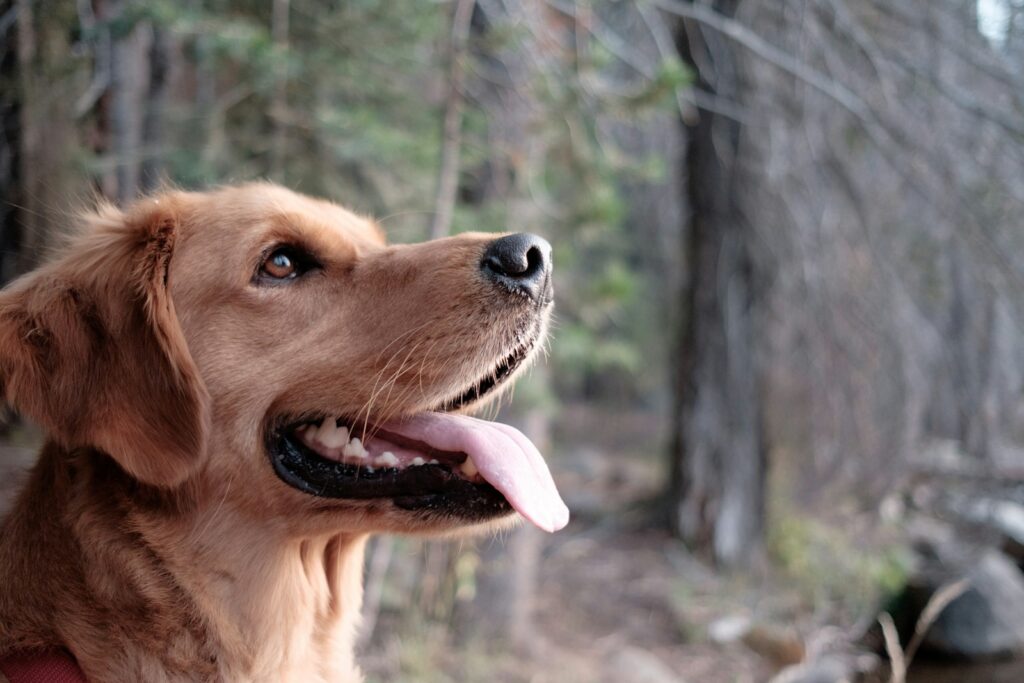
That frantic running your dog does right after a bath isn’t random. Known as FRAPs (Frenetic Random Activity Periods), or more casually, “the zoomies,” this burst of energy is often a response to stress relief, pure joy, or the strange sensation of being wet and clean. Dogs may also be trying to dry off by rubbing against carpets and furniture, which mimics scent-marking behavior. It looks chaotic, but it’s completely normal, and often hilarious.
Dogs Have Taste Buds, But Not Many
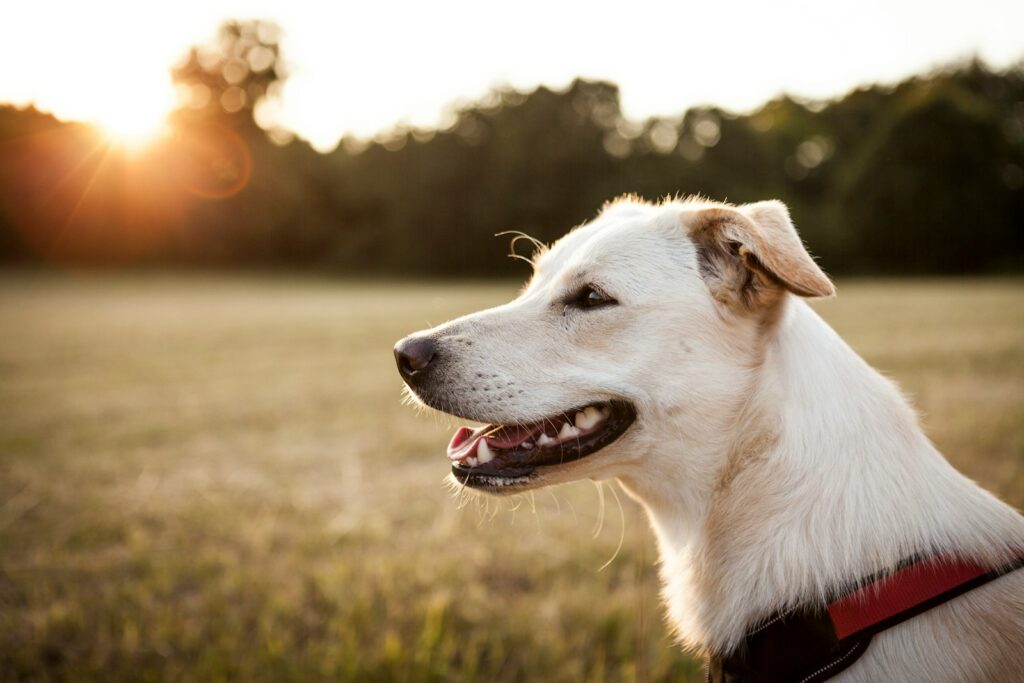
Dogs have taste buds just like humans, but far fewer of them. While we have around 9,000, dogs have only about 1,700.They can taste sweet, salty, sour, and bitter, but their sense of taste isn’t nearly as refined. That’s why dogs will often eat things that seem gross or unappetizing to us. What really drives their appetite is the sense of smell. If something smells exciting, they’re probably going to eat it, regardless of flavor.
Dogs Curl Up to Protect Vital Organs

When a dog curls up into a tight ball to sleep, especially on a cold day, it’s more than just cozy positioning. This instinctive posture protects their vital organs—a behavior inherited from their wild ancestors who needed to guard themselves while sleeping in the open. Curling up also helps retain body heat. While domesticated dogs are safe in our homes, that primal instinct to stay protected during rest hasn’t gone away.
Dogs Smile with Their Eyes

When your dog is truly happy and relaxed, they don’t just wag their tail—they smile with their whole face. You’ll notice their eyes soften, lids squint slightly, and their mouth may hang open in a loose, almost humanlike grin. This is a real signal of contentment. It’s not just a cute face for photos; it’s a genuine expression of how they feel. These relaxed “dog smiles” often happen during play, petting, or when they’re lounging in a favorite spot.
Dogs Have a Natural Sense of Justice

In studies where dogs were rewarded unequally for the same task, they showed signs of frustration and even refusal to participate further. This suggests that dogs have a sense of fairness. If one dog gets a treat and another doesn’t for doing the same trick, the left-out pup may protest, walk away, or act less cooperative. While it’s not the same as human morality, it does show that dogs are tuned into equity, especially within their social circles.
Dogs Can Tell When You’re Faking It
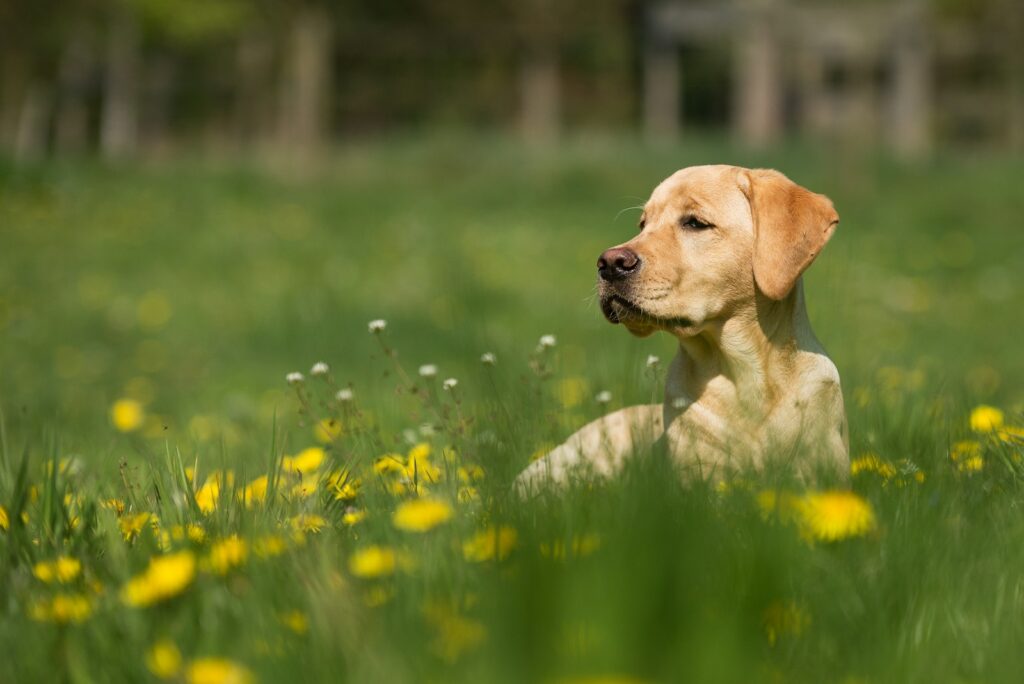
If you try to pretend you’re happy around your dog when you’re not, good luck. Dogs are excellent at reading subtle changes in facial expression, tone, and body language. Even if you’re putting on a cheerful voice, they may sense your stress or sadness underneath. This emotional radar is what makes dogs such great friends—they respond to how you reallyfeel, not just what you project. That’s why many people find comfort in their dog’s presence during tough times.
Dogs Spin Before They Lie Down for a Reason
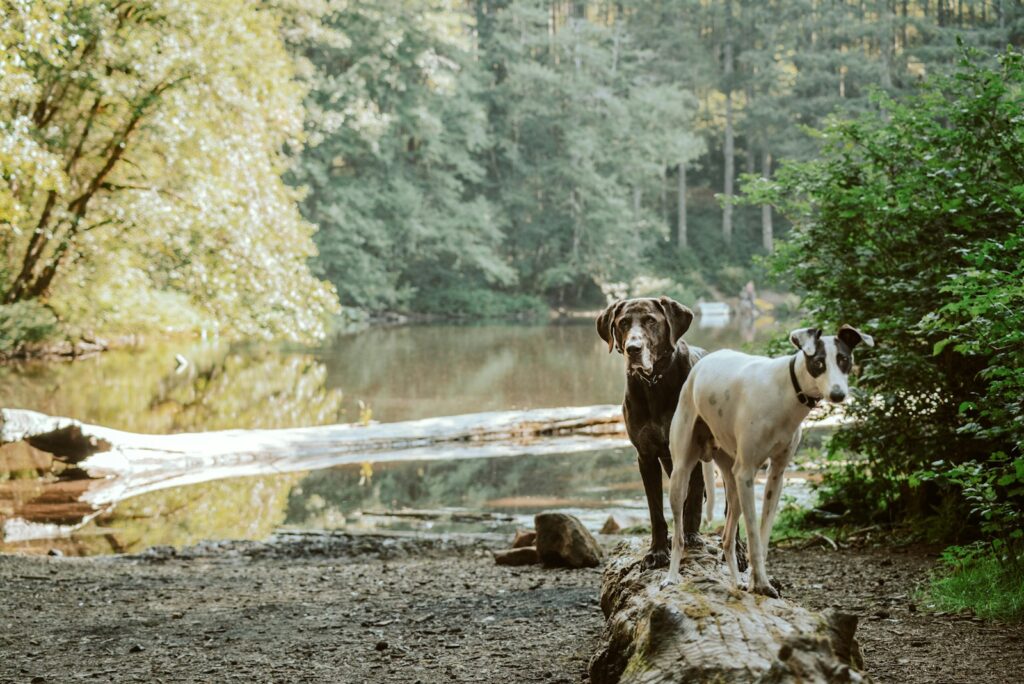
When your dog circles a few times before lying down, they’re not just being quirky. This behavior dates back to their wild ancestors, who would trample grass or snow to create a safe, comfortable resting spot. The spinning also helped them spot potential threats before settling in. Though modern dogs have cozy beds and safe homes, the behavior remains. It’s hardwired into their routine, like a bedtime ritual that makes them feel secure.
Dogs Can See Some Colors. Just Not All
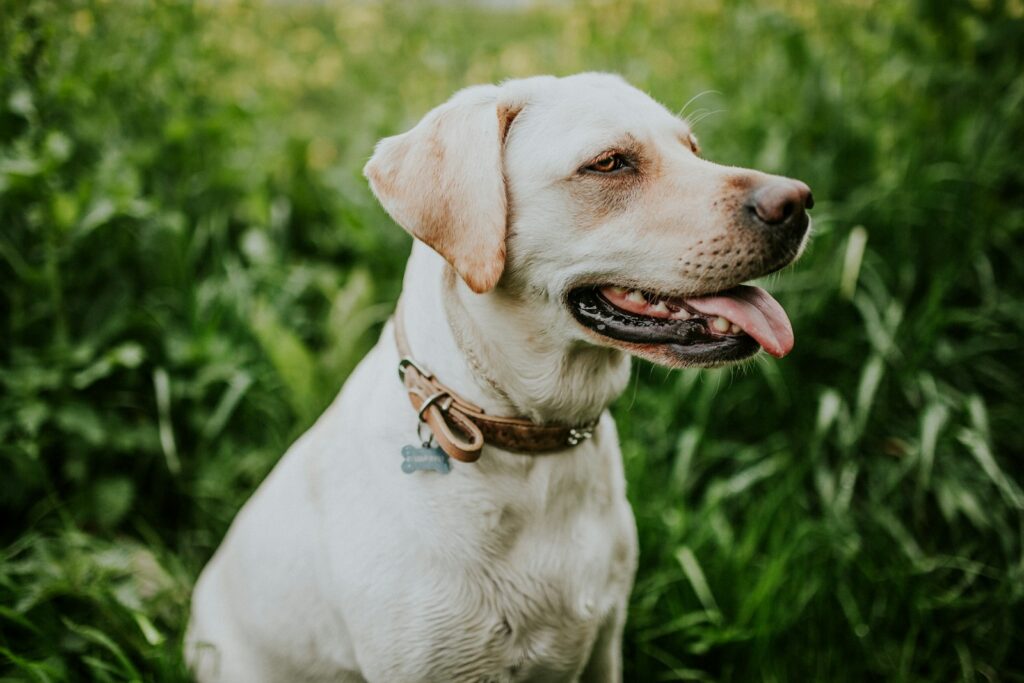
Contrary to the old myth that dogs see only in black and white, they actually see some color, just in a more limited spectrum. Their vision is similar to someone who is red-green colorblind. They can distinguish blues and yellows well but have trouble with reds and greens. That’s why your red ball might disappear in the grass while a yellow one stands out. Understanding how your dog sees the world can help you choose better toys and make training more effective.
Dogs Use Scent to “Read” the World
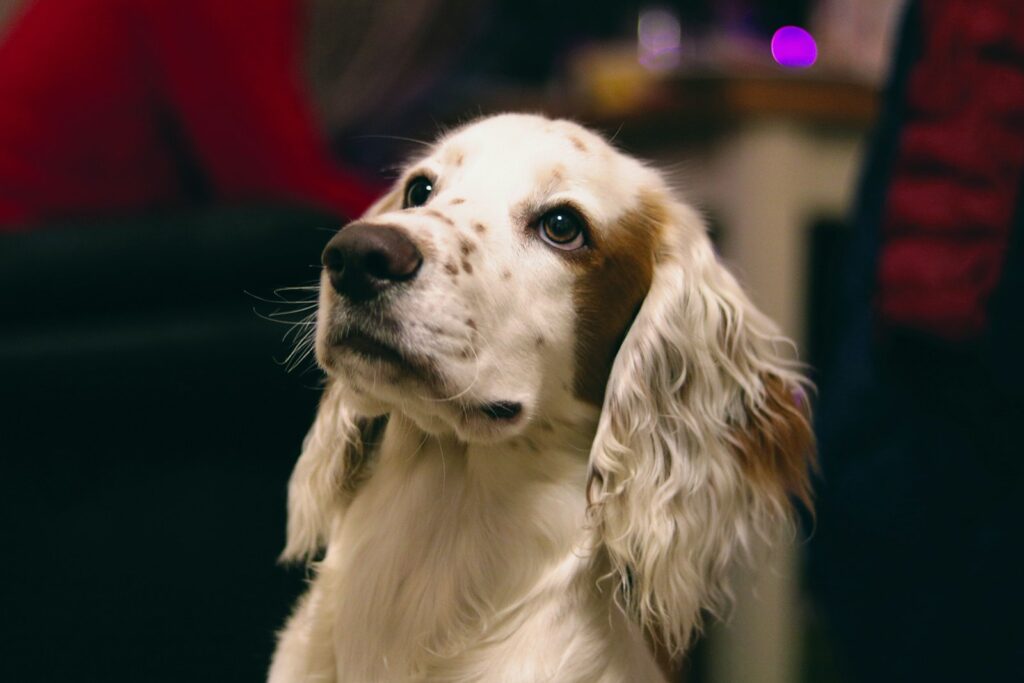
When your dog sniffs a patch of grass, they’re not just inhaling—they’re learning. They can tell what animals passed by, how long ago, their gender, and even what kind of mood they were in. Their noses are so sensitive that they can detect pheromones and chemical markers we’re completely unaware of. This is why walks are mentally stimulating, even if you’re covering the same route every day. To your dog, it’s a constantly changing newspaper made of scents.
Dogs Can Count. Sort Of
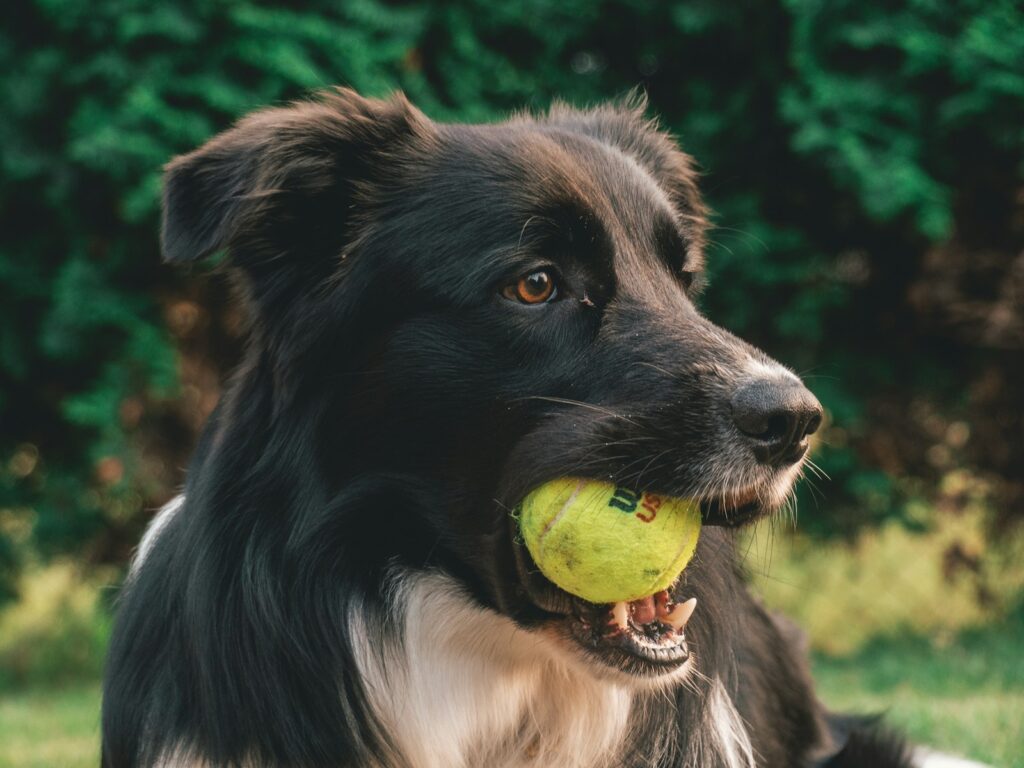
Dogs may not be able to do math, but they do have a basic understanding of quantity. In studies where dogs watched food being placed into containers, they could detect when the expected number was wrong. They also seem to know the difference between “more” and “less” when it comes to treats or toys. This basic number sense helps in natural situations, too, like keeping track of pack members or monitoring food.
Some Dogs Can Breathe Through Their Ears (Sort Of)

Okay, not literally, but certain dogs with large, open ear canals, like hounds and retrievers, have an airflow system that allows scent particles to circulate more efficiently while they sniff. When they inhale deeply during scent tracking, their ears funnel air in a way that supports their sense of smell. It’s not exactly breathing through the ears, but the ear structure plays a key role in their olfactory power.
Dogs Can Form Friendships With Other Animals
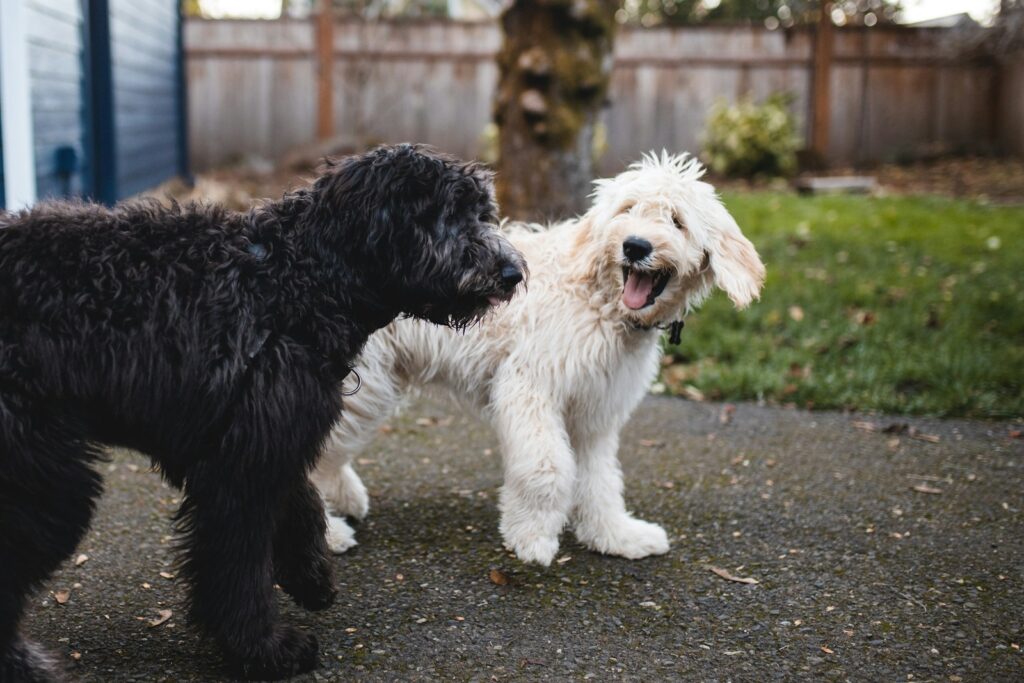
Dogs are highly social creatures, and while they naturally bond with humans, they can also form deep connections with other animals, including cats, rabbits, and even birds. These bonds are often based on shared routines, mutual grooming, or simple companionship. In some households, a dog will adopt a protective or nurturing role over a different species.
Dogs Use Facial Expressions to Communicate With Humans

Unlike wild canines, domesticated dogs have developed facial muscles specifically for communicating with people. They’re capable of subtle eyebrow movements and expressions that trigger emotional responses in humans. Studies have shown that dogs evolved to better mimic human expressions, making them more relatable and appealing.
Dogs Have Been Our Companions for Over 15,000 Years
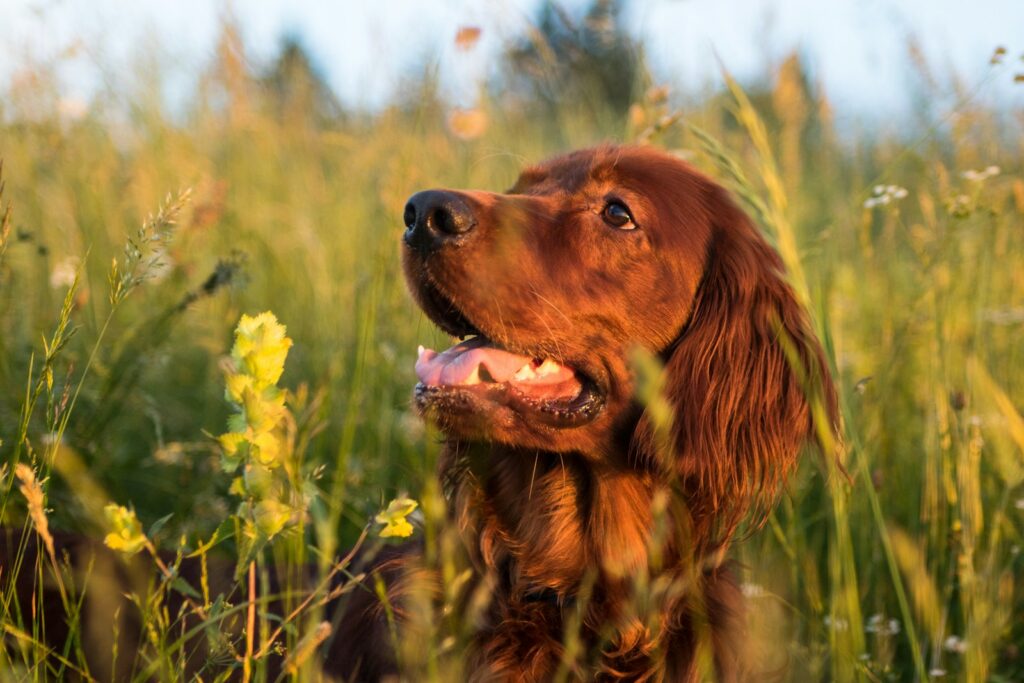
Archaeological evidence suggests that humans and dogs have lived side by side for more than 15,000 years. Early dogs likely helped with hunting, protection, and companionship, forming mutually beneficial bonds with human tribes. Over time, selective breeding shaped dogs into the diverse range of breeds we see today, but that ancient emotional connection remains. Dogs were the first domesticated animals, and there’s a reason they’re still the most beloved.
Dogs Wag Their Tails in Different Directions for Different Emotions
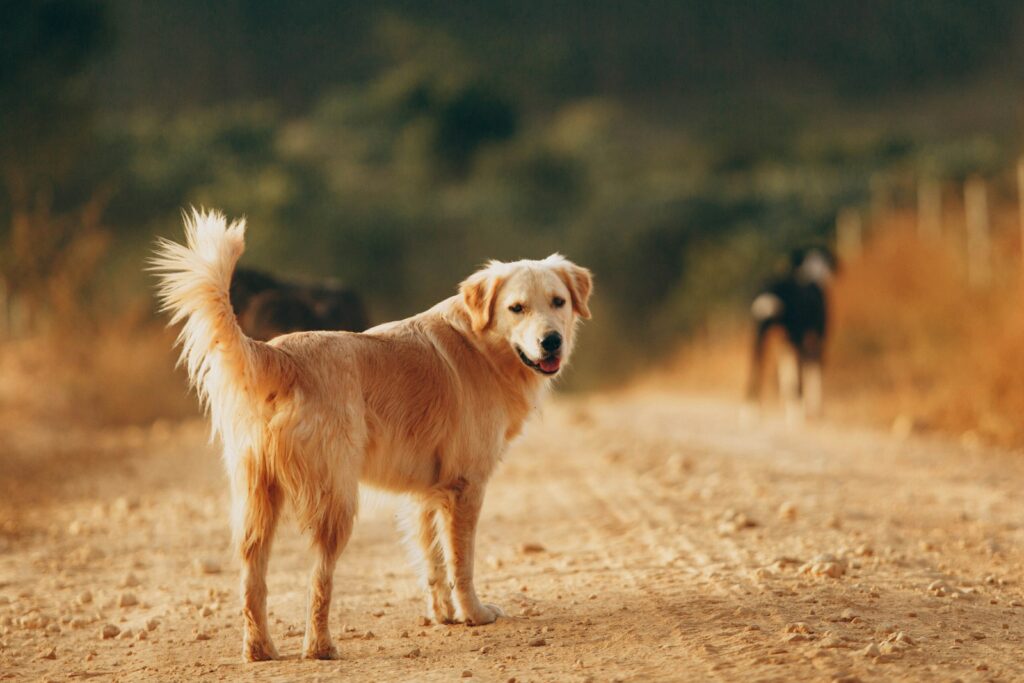
Tail wagging isn’t always a sign of happiness. The direction and speed of a wag can indicate how your dog is feeling. Studies have shown that dogs tend to wag more to the right when they’re happy or excited and to the left when they’re anxious or uncertain. A slow, low wag might mean they’re feeling unsure, while a high, fast wag often signals joy. It’s easy to miss the details, but once you start paying attention, your dog’s tail becomes a language of its own.
Dogs Know When You’re Talking About Them

Say your dog’s name in a conversation and watch their ears perk up. Dogs are incredibly attuned to their names, tones, and keywords that apply to them. But they also respond to body language, eye contact, and the sound of your voice, even when you’re not directly speaking to them. They pick up on more social cues than we often realize. So yes, they absolutely know when you’re gossiping about them across the room.




